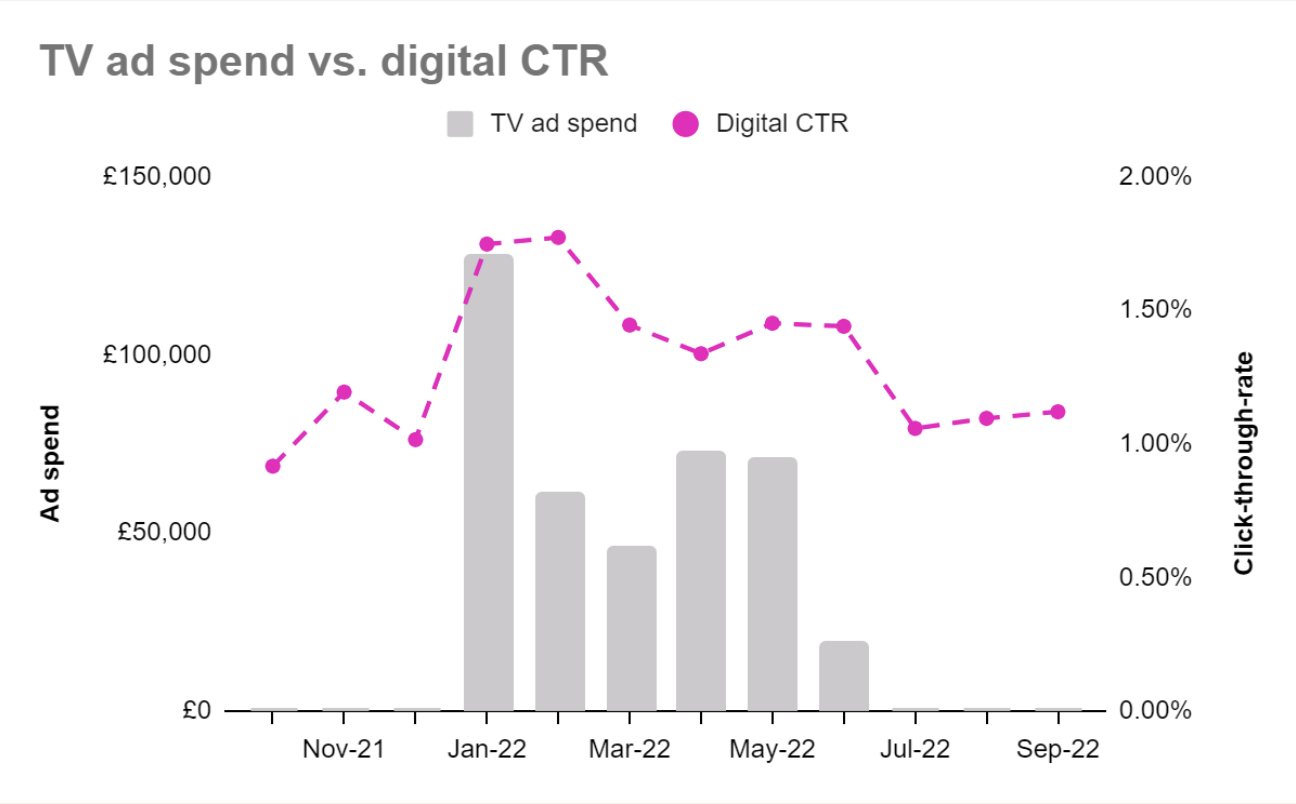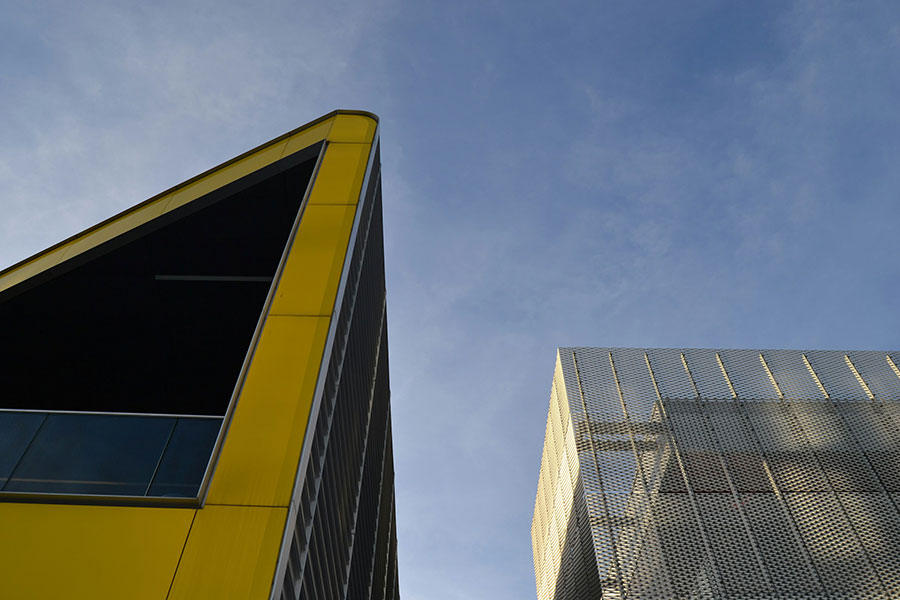Understanding the impact of media investments is a key challenge for marketers. In the digital world, the proliferation of cookie-based attribution models has ushered in an era of unprecedented tracking capabilities, where individual ad impacts on conversions can be estimated with high frequency and granularity. Can share of search make the difference?
While the effectiveness and longevity of these approaches is under question, digital attribution has certainly posed a challenge for more traditional media – think broadcast, print, and out-of-home advertising, for example – for which measuring ‘impact’ has typically proven a notoriously elusive problem.
Share of search as a leading metric for market share
Clearly, the metrics we use to measure media impacts should be tuned to what outcome that media is intended to produce. So, for performance marketing activities we might be more focused on something like click-through-rate and conversions as our leading indicator of success. But what about when it comes to brand-building exercises, such as a nationwide TV campaign? How can we track whether these investments are generating a real-world impact?
Answering these types of questions is what gets us out of bed in the morning at Anything is Possible. So much so that we’ve developed a platform – searchshare.io – to help our clients track their brand investments and measure campaign performance over time.
How does this work? We take search terms for a particular brand, and compare the volume of these against all searches for brands within a defined competitor set to determine the share of search for our brand of interest. Share of search is an incredibly powerful tool to track customer awareness and attitudes towards a brand, and has been shown to account for an average of 83% of actual market-share across a range of industries. Using share of search allows us to more accurately assess non-digital media impacts for our clients, giving clearer insight into the performance of these channels.
Measuring broadcast effectiveness using share of search
To give a practical example of what this looks like, for the past 12 months we have been working with a retail client to manage their media budget. This includes a diverse portfolio of digital and offline media channels, across a range of geographies, products, and sales platforms, covering both performance and brand marketing activities.
For the first time, this has included investment in a series of TV spots, ranging across linear TV, BVOD, and sponsorship advertising. Understanding how these activities have performed is key towards both demonstrating historical effectiveness. And for informing future budgetary and strategic marketing decisions.

By analysing share of search we have been able to draw a direct relationship between TV advertisement investment and brand awareness for this client. TV spots, which were first run in January 2022, led to a dramatic and immediate increase in the client’s share of search relative to their closest competitors, reversing the decreasing trend observed over the course of 2021.
Subsequent TV campaigns throughout April and May, whilst lower in overall spend than the January investment, actually achieved even greater impact in terms of driving brand market share. There are two possible reasons for this. Firstly, it could be that audiences were better “primed” – as a result of the early-year campaign – to receive messaging during the second wave of TV investment.
Secondly, it may be the case that the advertising format plays a role here. Investment early in the year was directed primarily into TV sponsorship spots, while the April and May budget was predominantly spent on linear TV adverts, which could generate higher interest for this brand.
Perhaps most interestingly from this analysis, however, is our finding that share of search has stabilised at a level 15-20 percentage points higher year-on-year, even after TV investment has been paused. This result indicates the enduring effect of mass reach media, such as TV, to drive lasting impact on share of search in comparison to more targeted channels.
TV enhances digital media performance
Increased share of search is not the only effect we have observed as a result of TV advertising investment. Interested in the impact of broadcast media on targeted marketing performance, we looked at click-through-rates on digital ads during periods of TV spend.

CTRs on digital ads were 1.5-1.8x higher when TV activity was being run, an effect that was correlated specifically with the level of TV investment and which occurred regardless of digital media investment or mix.
So what does it mean?
It’s simple. Accurate assessment of media impact requires an effective set of measurement tools. A challenge that has long troubled broadcast media experts, by using share of search we have shown that TV can have a significant and lasting effect on brand awareness (and market share).
Not only this, broadcast media also has the capacity to increase the efficiency and performance of digital marketing activities.
Zooming out, what is the bigger effectiveness picture here? Again, it’s simple: year-on-year sales volume growth of over 100%.
Of course this is not solely attributable to the TV campaigns that were run. But using the right set of measurement tools is allowing them to understand, optimise, and predict the consequences of their media investments with much greater accuracy, unlocking more powerful decision making.
Share of search is an outstanding tool for understanding how different media interact to provide real business effectiveness. If you want to explore this relationship further, and what it means for you – just speak to the experts.



